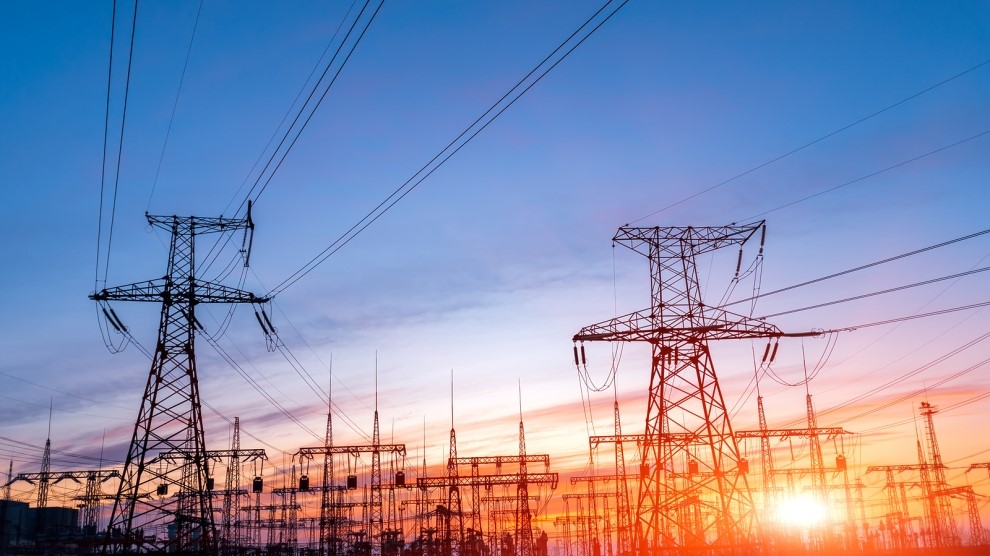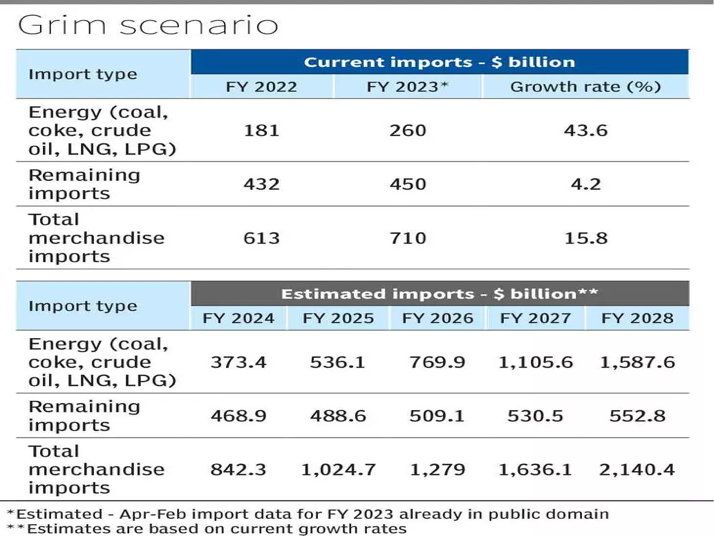Free Courses Sale ends Soon, Get It Now


Free Courses Sale ends Soon, Get It Now



Disclaimer: Copyright infringement not intended.
Context
The numbers
Import from Russia
Export to the west
India’s defence
Sanctions against Russian oil
Germany
Canada and the US
Group of seven (G7)
How India is helping the West meet its energy demand?
India’s Energy Imports

Petroleum crude and products
Coke, coal
Reducing imports
|
PRACTICE QUESTION Q) India must reenergize the exploration of local oil fields and enhance production through coal mines. Critically Analyse the statement in the context of India’s burgeoning oil imports. (250 words) |
© 2024 iasgyan. All right reserved